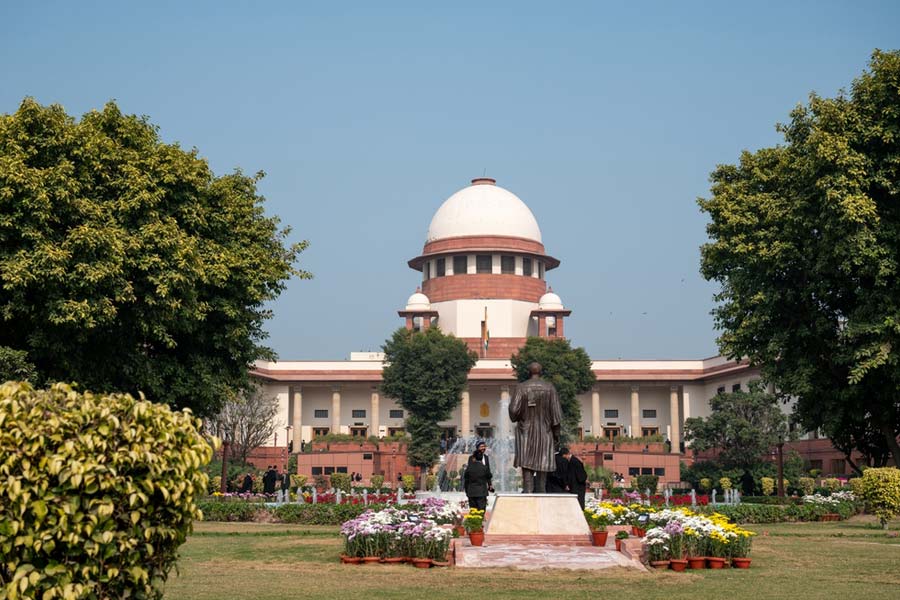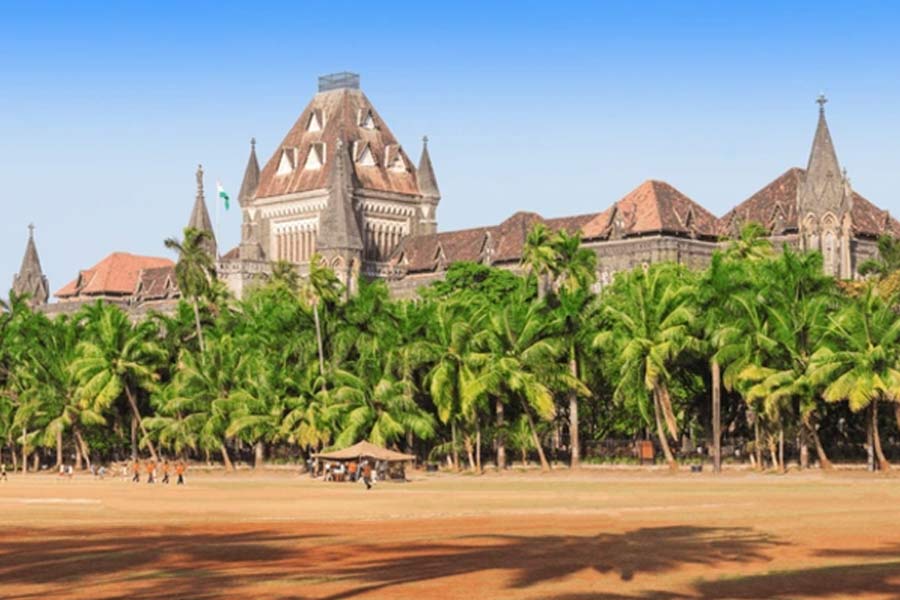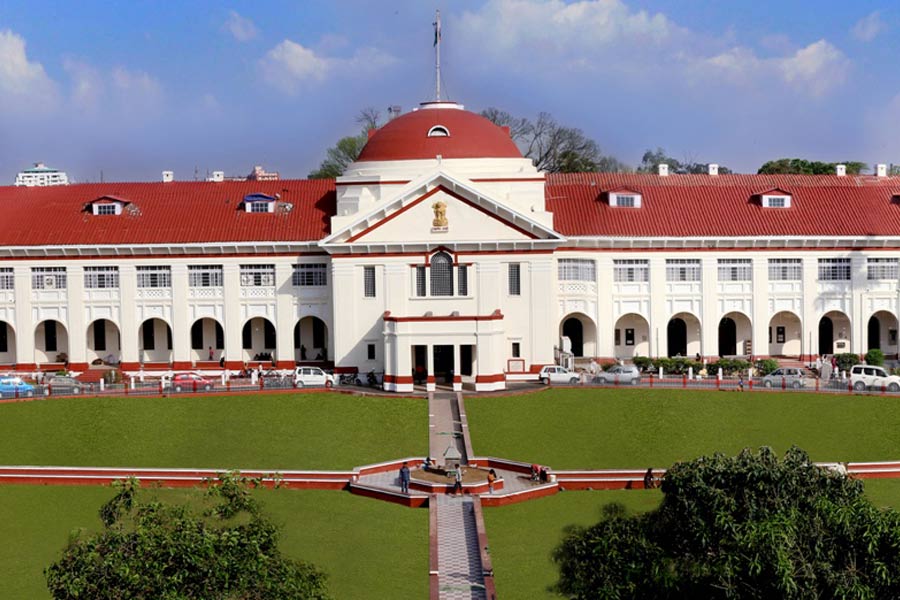 |
Name of the book: Rabindranath ebong Shailabas Shillong
Author: Malabika Bisharad
Publisher: Vicky Publishers
Number of pages: 114
Price: Rs 200
This is another volume to have graced the shelves in resonance with the 150th birth centenary celebrations of Rabindranath Tagore. It explores the poet’s intrinsic bond with abode of clouds during his visits there in 1919, 1923 and 1927 and the influence of the landscape on his creative sensibilities.
The most iconic literary creations emerging from these three visits were Raktakarobi and Shesher Kobita, besides some lesser-known poems. Although Tagore wrote the latter on a trip to South India in 1928, 13 of the novel’s 17 chapters have Shillong as the backdrop.
Malabika Bisharad, the author of this volume, was born and brought up in Calcutta but went to Shillong after her marriage. She did intensive research on Tagore, especially the symbiosis resulting from his stay in the Scotland of the East. In this volume, she has successfully traced the origin and development of these significant literary masterpieces in an inimitable style.
Tagore’s writing in and on Shillong is replete with rich descriptions of its abundance of natural beauty: the fragrance of pine and eucalyptus seeped into the very soul of the poet, then 68, the feelings sublimating into the legendary outpourings. Shillong rejuvenated Tagore to such an extent that he travelled back in time to his youth and not only wrote the utterly romantic Shesher Kobita here, but created masterpieces one after another.
This volume also imparts important information on the particular locations and houses (Sidli, Jeet Bhumi and Brookside) that Tagore stayed in at Shillong and with whom. The data appears dependable enough to act as a reference point for future researchers in their attempt to de-mystify Tagore’s bond with the verdant hills, rolling grasslands, singing brooks and azure skies that he captured so lyrically in his works.
The writer has painstakingly researched the love of the Khasis for Tagore, evident in their celebrating his birth centenary and the 125th birth anniversary, as well as translating his works into the local language. As an activist, Bisharad campaigned for the restoration of the houses Tagore lived in at Shillong. She wrote to the heads of government in Meghalaya, and when that evinced no response, to those at the Centre and in West Bengal. Finally, in 2010, renovations began at Brookside.
To compile these facts from historical research and yet elicit a sense of reverence is not an easy task. Bisharad’s lucid and unpretentious style makes this an interesting read, especially for Tagore aficionados and those who know or have been to Shillong. The lure of the hill town is indeed difficult to resist, and what held true for Tagore echoes in the hearts of this generation too.










